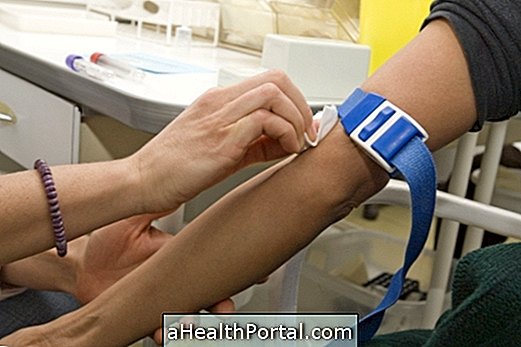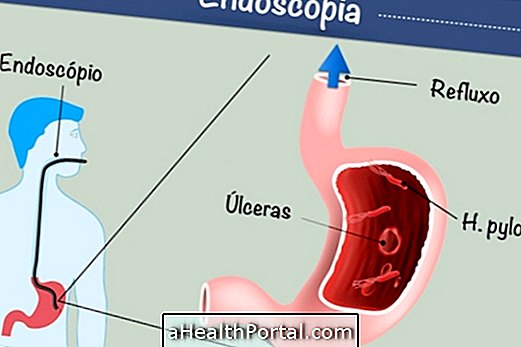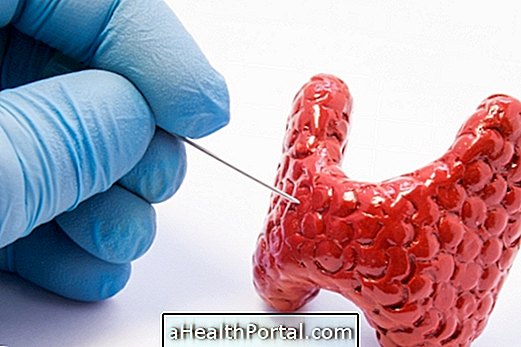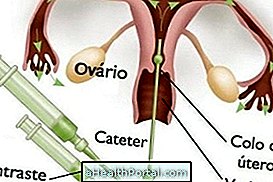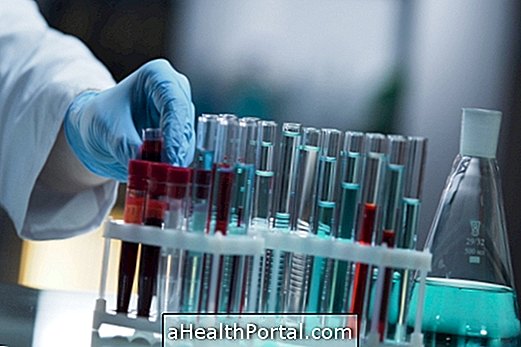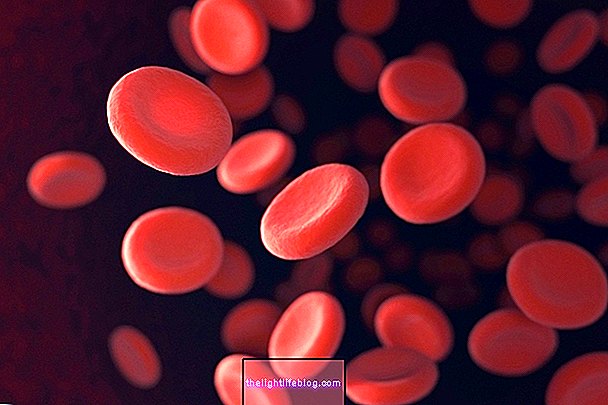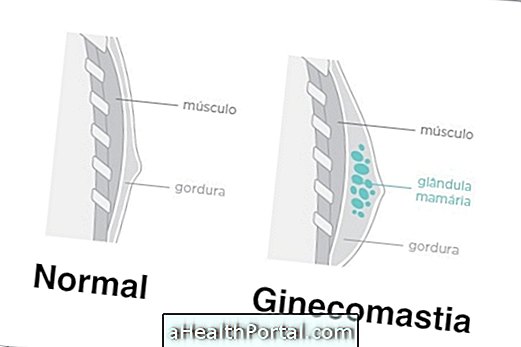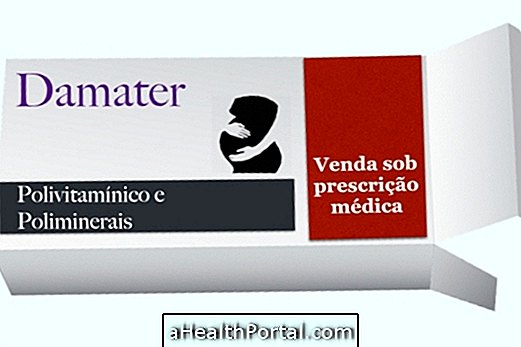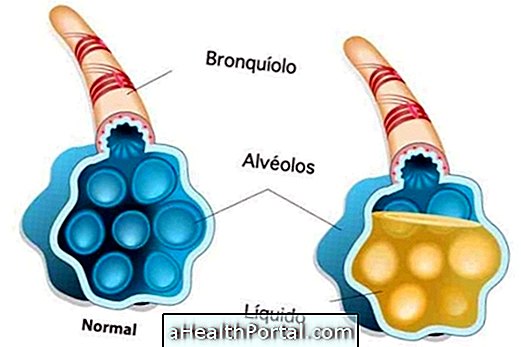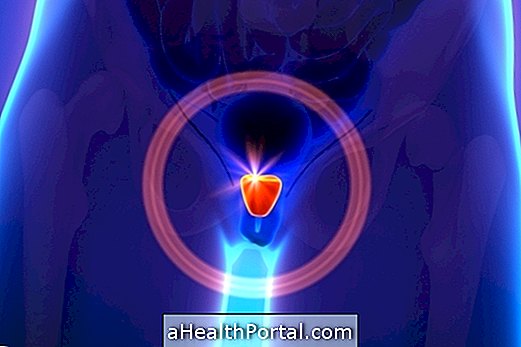The electrocardiogram, or ECG, is an examination done to evaluate the electrical activity of the heart, thus observing the rhythm, quantity and speed of its beats.
This test is done by a device that draws graphs on this information from the heart, and if there is any disease, such as arrhythmias, murmurs, or even infarction, these charts, which are interpreted by the general practitioner or cardiologist, may be altered.

Electrocardiogram price
The price of the electrocardiogram can vary between 50 and 200 reais, depending on the clinic, hospital or cardiologist, but if it is performed by SUS, it is not charged.
When it's necessary
The electrocardiogram can be requested in a routine check-up appointment, since it is able to detect some silent diseases, such as mild arrhythmias, heart murmurs, or even the onset of myocardial infarction. Thus, this test is very useful for detecting diseases, such as:
- Cardiac arrhythmias, which can happen by accelerated, slow or slow heartbeat, which may present with symptoms such as palpitations, dizziness or fainting;
- Acute myocardial infarction, which may be the cause of chest pain or burning, dizziness and shortness of breath;
- Inflammation of the heart walls, caused by pericarditis or myocarditis, which may be suspected when there is chest pain, shortness of breath, fever and malaise;
- Heart murmur, due to changes in the valves and the walls of the heart, which usually cause dizziness and shortness of breath;
- Heart failure, because in this case, the heart loses its electrical activity, and, if not quickly reversed, causes brain death.
This examination is also required by the cardiologist to monitor the improvement or worsening of illnesses, as well as whether medications for arrhythmia or pacemakers are being effective. Learn about other tests to evaluate the heart.


How is done
The electrocardiogram can be done in the hospital, in clinics or in the cardiologist's own office, because it is practical and fast, besides not causing pain. To do this, the patient is lying on a stretcher and, if necessary, the wrists, ankles and the chest are cleaned with cotton and alcohol, because in these regions, the cables and small metallic contacts are fixed, which are connected to the electrocardiogram apparatus, as shown in Figure 1.
The metal contacts, which are the electrodes, pick up the heart beats and the machine registers them on paper through a graph which is then analyzed by the cardiologist, as shown in Figure 2.
Although there are no contraindications, the test result may not be reliable in the case of people who can not stand still, such as tremors or parkinson's.
